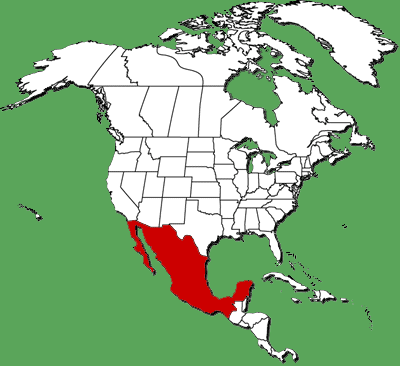
Circle the area on this map

C. The magnitude scale assigns a number to quantify the force of an earthquake’s seismic energy. For every increase in magnitude by 1 unit, the associated seismic energy increases by about 32 times, according to the United States Geological Survey.
D. The city was founded in 1325 by the Mexica people who joined with other native Americans to form the Aztec Empire. Spanish invaders conquered the Aztecs and their capital city in the 1500s. The Greater Mexico City population is now about 21.3 million people.
A. The city was originally built on an island in Lake Texcoco. The Spanish built modern Mexico City on the ruins of that Aztec capital and drained the surrounding lake over the years as the city expanded. Much of the city now sits on layers of sand and clay up 100 yards deep. These soft, watery sediments shake far more severely than than bedrock in an earthquake.
B. Tectonic plates are vast chunks of the earth’s crust that are slowly moving. The Cocos oceanic plate is gradually pushing under the North American plate along the southern shore of Mexico. Over time, friction between the slabs builds up. When the strain becomes too great, the energy is released in the form of an earthquake.